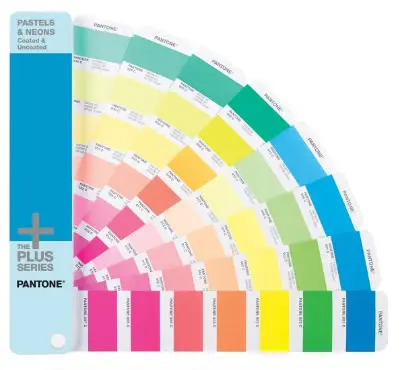


(Many of the photos in this essay come from that exhibit, including the famed Caligula bust and the Alexander Sarcophagus.) Digital humanists and archaeologists have played a large part in making those shows possible. The Gods in Color exhibit travelled the world between 2003–15, after its initial display at the Glyptothek in Munich. It was carefully selected and then often painted in gold, red, green, black, white, and brown, among other colors.Ī number of fantastic museum shows throughout Europe and the US in recent years have addressed the issue of ancient polychromy. Marble was a precious material for Greco-Roman artisans, but it was considered a canvas, not the finished product for sculpture. Modern technology has revealed an irrefutable, if unpopular, truth: many of the statues, reliefs, and sarcophagi created in the ancient Western world were in fact painted.

Stefano Rotonodo (end of 3rd century CE), now at the Baths of Diocletian Museum, Rome (photo by Carole Raddato/Flickr, CC BY-SA 2.0) Large polychrome tauroctony relief of Mithras killing a bull, originally from the mithraeum of S.


 0 kommentar(er)
0 kommentar(er)
